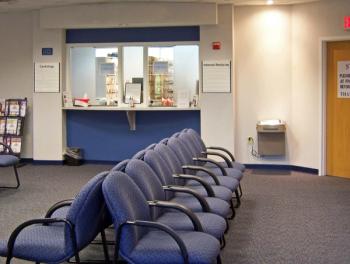
Don’t let peak demand sabotage your schedule
What to do when demand threatens to exceed your practice's capacity
Managing a busy appointment schedule always presents challenges, but for practices that have peak seasons where demand is sometimes greater than capacity it can be very costly. Taking action is critical to improving service, and increasing efficiency and productivity.
It is possible to predict demand and manage the day. Start by examining historical scheduling patterns, which will reveal demand hot spots. Take the trends a step further by analyzing how you met the demand in the past. Explore the number of last minute work-ins that resulted in double-booking, causing everyone to work harder and later. If you are double-booking six patients a day during the winter flu season, it’s time to look for solutions.
Some practices think outside the box to ensure they will be staffed based on demand. “We have blackout days for paid time off (PTO),” says Kim Avery, the administrator for Mid-South Pulmonary Specialists in Memphis, Tennessee. “And if someone calls in sick on a Monday it will cost them double the PTO using up 16 hours of earned time off.” They also have PTO specials when things are slow to encourage employees to take time off.
Read:
Managing during the
The decisions you make and actions you take have great influence on managing the schedule. Look at your options for meeting the demand and get everyone on the same page, and you will find the solution that will work for the team.
Pediatric practices can manage pre-school physicals by not scheduling vacations during this anticipated need. During the winter, offering a 7 a.m. to 9 a.m. Monday walk-in clinic helps lighten the usual Monday demand and controls the morning call-ins for appointments. Parents love it.
Read:
Primary care practices can create a walk-in clinic from 5 p.m. to 6 p.m. on a Friday to reduce angst for a family facing illness before the weekend. Primary care practices can also prepare for the flu season by offering flu-shot clinics throughout the fall. Pick the day of the week that is historically the slowest and weave in your shot clinic.
A pulmonary practice I work with has developed protocols for ancillary testing on specific new patient types. Staff completes the order and patients are doctor-ready. This helps workflow and maximizes productivity.
There are some things you shouldn’t do, as well. One family practice I consulted with had a sign on the check-in counter that read: “Please be patient, we are running behind and are very busy.” Remember, your patients are busy too. It’s your responsibility to manage the workflow.
Newsletter
Stay informed and empowered with Medical Economics enewsletter, delivering expert insights, financial strategies, practice management tips and technology trends — tailored for today’s physicians.















